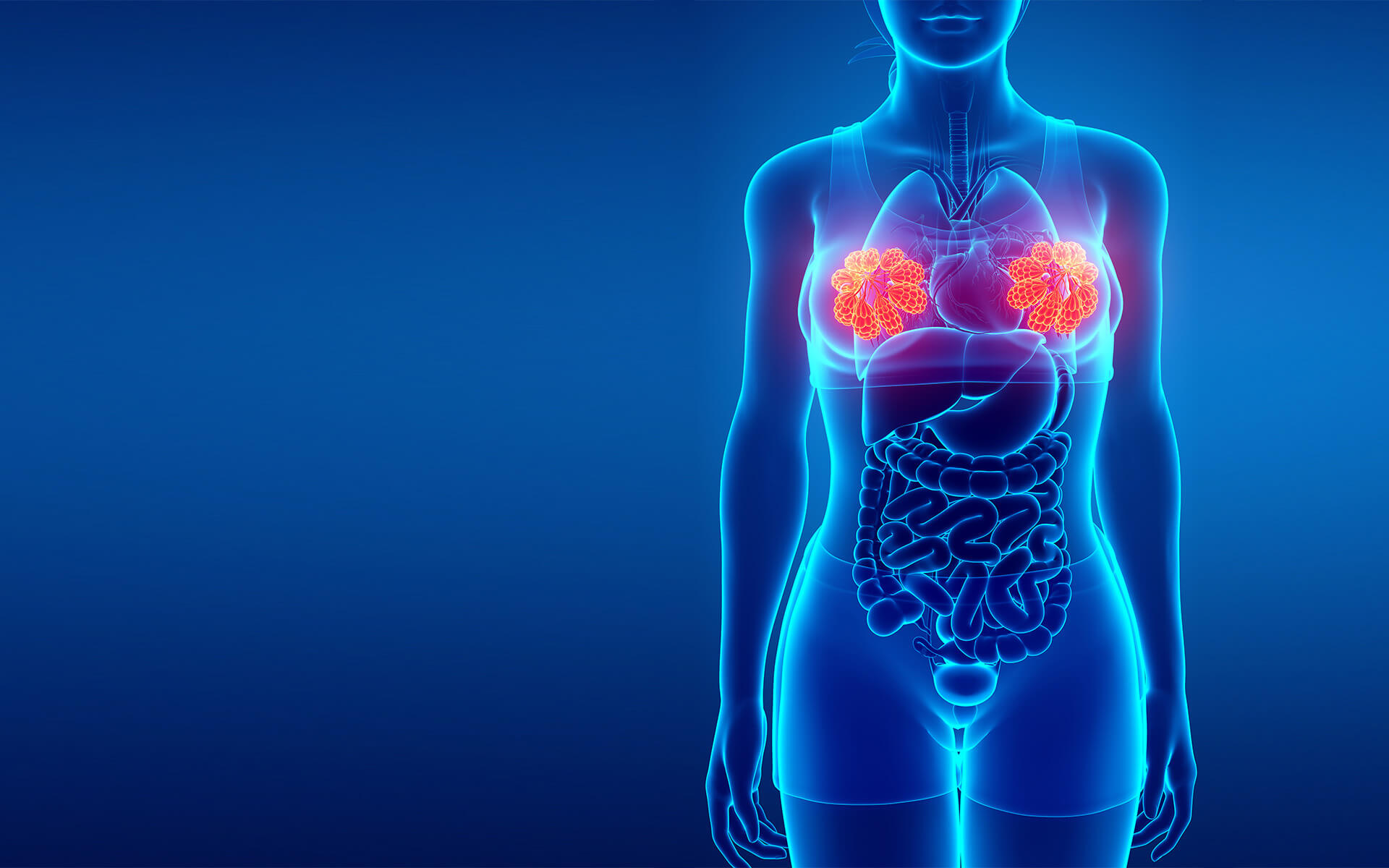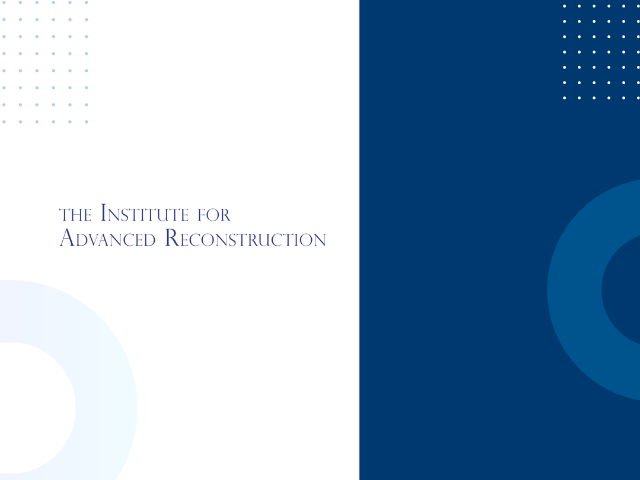Women choose to have breast reconstruction for a variety of personal and medical reasons. The most common medical causes are related to cancer:
BRCA Gene
Inherited mutations in certain genes may increase your likelihood of breast cancer. If you've tested positive for mutations (changes) in the BRCA1 or BRCA2 genes, it can indicate a higher risk of getting breast cancer in your lifetime. Some women (and men) at a higher genetic risk will undergo a preventative mastectomy to reduce their risk of developing breast cancer later.
Breast Cancer
Breast cancer surgery is the primary treatment option for patients with a breast cancer diagnosis. If cancer has not spread to other body parts, a breast cancer treatment that includes surgery can be 90% effective or higher. Mastectomy and lumpectomy are the two types of surgery used to treat breast cancer.
Mastectomy
Mastectomy is the most common breast cancer surgery. The procedure involves the complete removal of a breast. A mastectomy treats both early- and late-stage cancer and can be used as a preventative measure for patients with a high future risk of developing breast cancer.
Lumpectomy
Lumpectomy is known as breast-conserving surgery. Unlike a mastectomy, a lumpectomy removes only the tumor and a portion of your surrounding breast tissue. Lumpectomy surgery is usually paired with radiation therapy to treat early-stage breast cancer when a small tumor is present that has yet to spread. Lumpectomy surgery can preserve breast tissue and sensation compared to complete breast removal.
Oncoplastic Reconstruction
Oncoplastic reconstruction combines the removal of cancerous tissue with plastic surgery techniques for patients undergoing breast cancer surgery. The goal is to remove the cancerous tissue while preserving as much healthy breast tissue as possible, providing a better cosmetic outcome compared to traditional breast-conserving surgery or mastectomy alone.



-1.jpg)




.jpg)
























